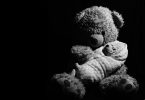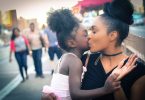Salat Lily¹* and Diana Mutono M1
| This paper critically examines the factors that lead to the cultural change and the general changing trends in the perception of who a man is and how he should behave. The paper, therefore, examines how education impacts on society and culture. The paper is based on a study of Henry ole Kulet’s fiction in the context of Maasai culture. More specifically, the research focused on three of his novels, namely Is it Possible?, To Become a Man and Moran no More in so far as they fictionalize Maasai culture in general and the nature and cultural construction of the community’s masculinity in particular. The methodology of the study was largely socio-cultural but embraced a close reading and analysis of these three texts. Of necessity, related texts were brought into play in order to give the study a comparative outlook. The general sex-role theory and ideological assumptions of hegemonic masculinity helped the study highlight the central place of the male in understanding and critiquing masculinity. Power relations among the men and between men and women were found to dominate social, cultural, economic and political activities portrayed in the three novels and in Maasai society. The overall conclusion was that Maasai culture is not static as often claimed in the world of stereotyping. Man and masculinity in general demand responsibilities history does not allow a man to discharge forever. If anything, the novels and cultural writings highlight the continuing reconstructions and redefinition of Maasai manhood in light of changing values |







test